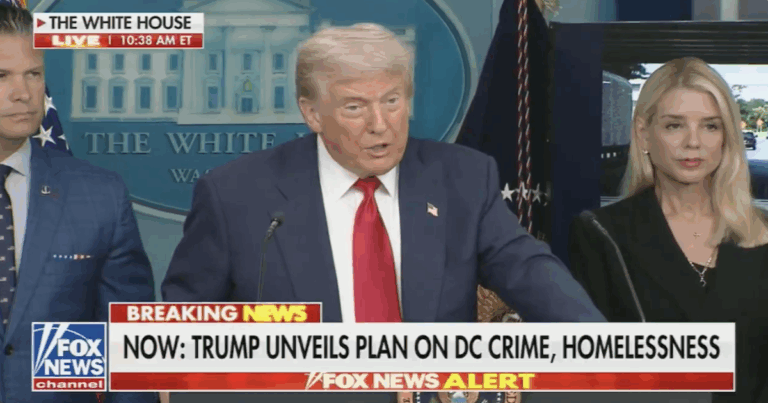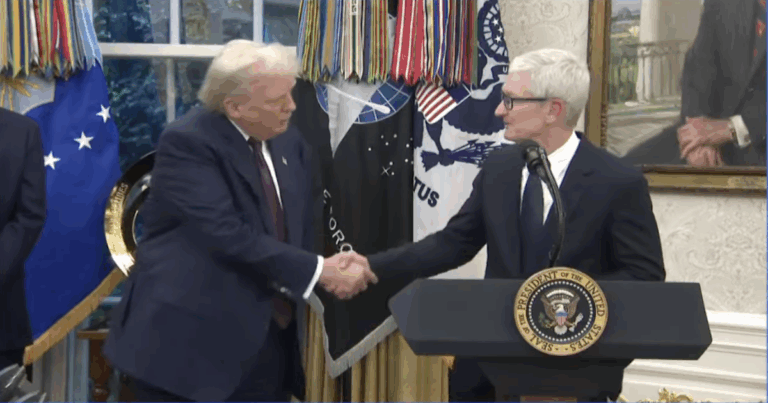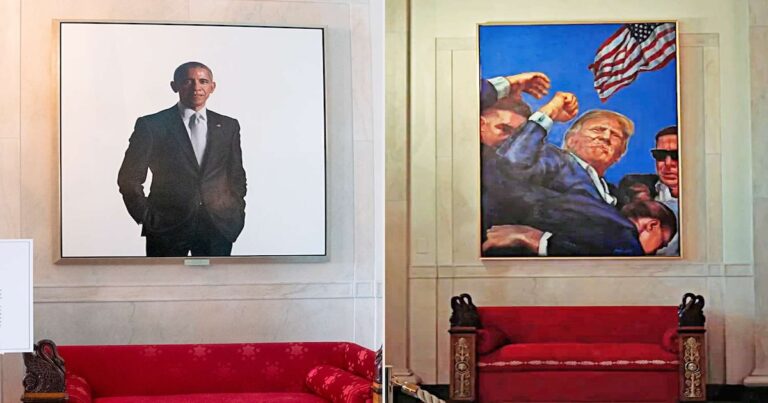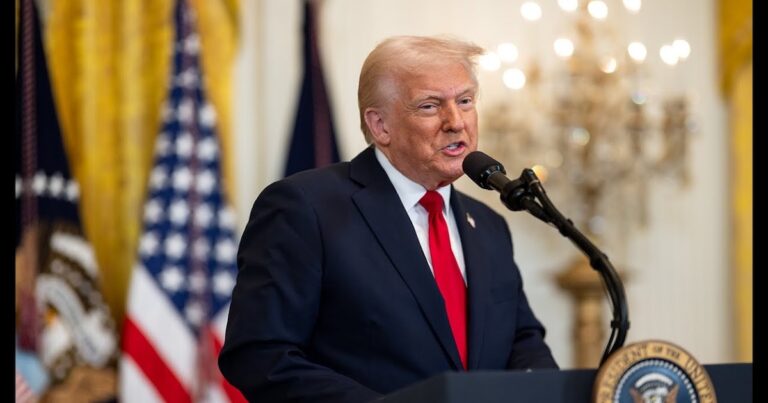Key Takeaways:
- Four-Layer Shield – The Golden Dome will feature a satellite-based targeting system plus three land-based defense layers, including 11 short-range batteries across the U.S., Alaska, and Hawaii.
- Massive Investment – Estimated at $175 billion, Congress has already allocated $25 billion, with $45.3 billion more in Trump’s 2026 budget to meet an aggressive 2028 completion date.
- America First Defense – Modeled after Israel’s Iron Dome but scaled for the U.S., the project aims to intercept threats in their “boost phase” and send a clear signal that under Trump, America neutralizes threats before they reach its shores.
President Donald Trump’s “Golden Dome” missile defense initiative is shaping up to be the boldest — and priciest — homeland security project in U.S. history, with a four-layer shield designed to keep America untouchable from foreign threats. Modeled after Israel’s Iron Dome but scaled for a nation the size of ours, the $175 billion system will combine a satellite-based targeting network with three land-based defense layers, including short-range batteries in the continental U.S., Alaska, and Hawaii.
The plan, unveiled to 3,000 defense contractors in Huntsville, Alabama, under the rallying cry “Go Fast, Think Big!” has an ambitious 2028 deadline. Congress has already committed $25 billion, with another $45.3 billion earmarked in Trump’s 2026 budget. But as one U.S. official admitted, “They have a lot of money, but they don’t have a target of what it costs yet.”
The architecture includes cutting-edge Next Generation Interceptors (NGIs), THAAD systems, and potentially lasers — with a new missile field in the Midwest to bolster coverage. The goal? Intercept threats during the “boost phase” before they can endanger American soil.
Space Force Gen. Michael Guetlein, tapped to lead the project, has just months to produce a full implementation plan. Contractors like Lockheed Martin, Boeing, Northrop Grumman, and RTX are already in the mix.
This isn’t just about missiles — it’s about deterrence. Golden Dome sends a clear signal: under Trump’s watch, America won’t just respond to threats, it will neutralize them before they ever reach our shores. That’s peace through superior firepower — and it’s classic America First.









